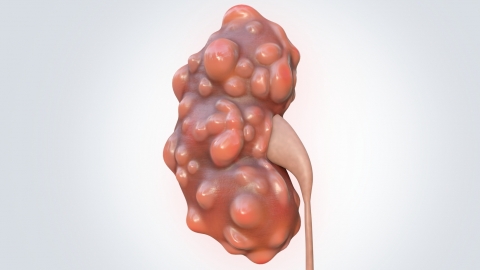Polycystic Liver and Polycystic Kidney Disease
Polycystic liver and polycystic kidney disease is a hereditary condition caused by genetic abnormalities, leading to the development of multiple cysts in the liver and kidneys. These cysts may affect organ function as the disease progresses. If any abnormalities are detected, prompt medical attention is recommended. A detailed explanation is as follows:

This condition is typically inherited as an autosomal dominant trait. In the early stages, the cysts are small and few in number, and patients often experience no obvious symptoms, with normal liver and kidney function. The disease is frequently detected during routine physical examinations using ultrasound. At this stage, the condition is relatively stable, requiring no specific treatment, only regular follow-up evaluations of liver and kidney function and imaging studies to monitor cyst development. Patients should also avoid strenuous physical activity to prevent cyst rupture and hemorrhage.
Over time, the cysts within the liver and kidneys gradually enlarge and increase in number, exerting pressure on surrounding healthy tissues. Renal cysts may cause symptoms such as back pain, hematuria (blood in the urine), hypertension, and may even lead to renal failure. Liver cysts, when enlarged sufficiently, can cause abdominal distension and reduced appetite; in rare cases, patients may develop cyst infections or rupture. When the disease progresses to severe impairment of liver or kidney function, symptomatic treatment, cyst aspiration and drainage, or surgical intervention may be necessary. In advanced cases, dialysis or liver/kidney transplantation may be required. Additionally, this disease may be associated with complications such as intracranial aneurysms, increasing health risks.
After diagnosis of polycystic liver and kidney disease, it is important to maintain a low-salt, low-fat diet, avoid medications toxic to the liver and kidneys, and undergo regular follow-up evaluations of liver and kidney function along with imaging studies. Immediate medical attention should be sought if symptoms such as worsening back pain, abdominal distension, hematuria, or a sudden increase in blood pressure occur.




